Government partners with ZETDC to boost sugarcane production and cut imports
Nature and ManZW Team
Jul 18, 2025
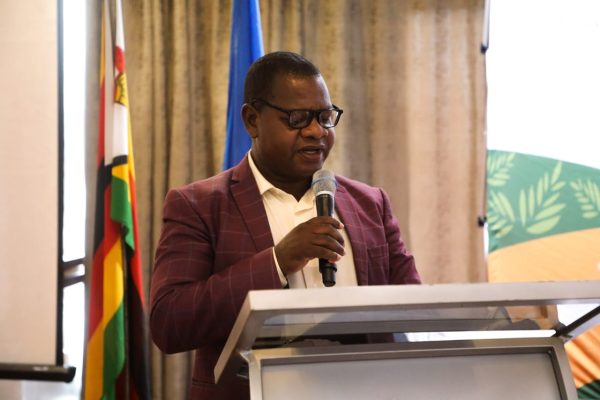
Nature and ManZW Team
Jul 18, 2025

By Sharleen Mohammed
Government of Zimbabwe has partnered with the Zimbabwe Electricity Transmission & Distribution Company (ZETDC) in a strategic move to enhance sugarcane production by improving electricity supply, irrigation reliability, and energy efficiency in the Lowveld.
The collaboration aims to reduce the country’s dependency on sugar imports by empowering local farmers to produce high-quality sugar that meets both domestic and export standards.
Speaking before the Parliamentary Portfolio Committee on Industry and Commerce, Ministry of Lands, Agriculture, Fisheries, Water and Rural Development (MoLAFWRD) Permanent Secretary, Professor Obert Jiri, described sugarcane as a vital strategic crop for Zimbabwe’s agricultural and agro-industrial growth.
“We cannot continue importing sugar when we have the capacity to produce high-standard sugar locally using good quality seed. Government is committed to creating an enabling environment for our farmers to thrive,” he said.
The Ministry is working closely with ZETDC to ensure that sugarcane out-growers in Chiredzi, Triangle, and Mkwasine have reliable access to electricity critical for irrigation systems and sugar milling.
ZETDC has developed coordinated power supply plans that prioritize essential users, ensuring uninterrupted operations in key agricultural zones.
Speaking before Industry and Commerce Parliamentary portfolio, ZETDC Acting managing director engineer Abel Gurupira they are advancing a smart grid initiative that includes the installation of smart auto-reclosers, meters, and MCCBs.
“These technologies help segregate and protect power supply for farmers and millers during load shedding or system faults.
He added: “These systems allow us to ring-fence power for productive use while cutting off non-essential users during outages.”
Engineer Gurupira explained that to further increase energy resilience, the urgency is working with private sector partners under the Net Metering program to deploy solar systems on commercial farms with strong credit records.
“In addition, large sugar estates such as Hippo Valley and Triangle are co-generating more than 70MW from bagasse and ethanol by-products. The excess energy is banked for off-season use, reducing reliance on costly battery storage and supporting national energy security,” said engineer Gurupira.
ZETDC is also investing in critical infrastructure upgrades. These include the construction of a new transmission line from Orange Grove to the Lowveld, transformer upgrades at Buffalo Range and Chiredzi substations, and the rehabilitation of key capacitor banks.
ZESA is offering energy efficiency training to sugarcane farmers through the Sugarcane Association, aiming to reduce production costs. Farmers can cut their electricity bills by up to 30% by adopting efficient practices and shifting irrigation schedules to off-peak hours.
“It’s not just about sugar it’s about food security, renewable energy, employment creation, and industrialisation,” said Professor Jiri. “We are targeting full contribution from this sector toward our US$15.6 billion agriculture economy by 2030.”
The partnership between ZETDC and the Ministry of Agriculture signals a firm commitment to building a strong, resilient, and competitive sugar value chain in Zimbabwe. With access to reliable power, good seed, and proper technical support, sugarcane farmers are being empowered to meet growing demand while keeping Zimbabwe’s sugar production proudly local.
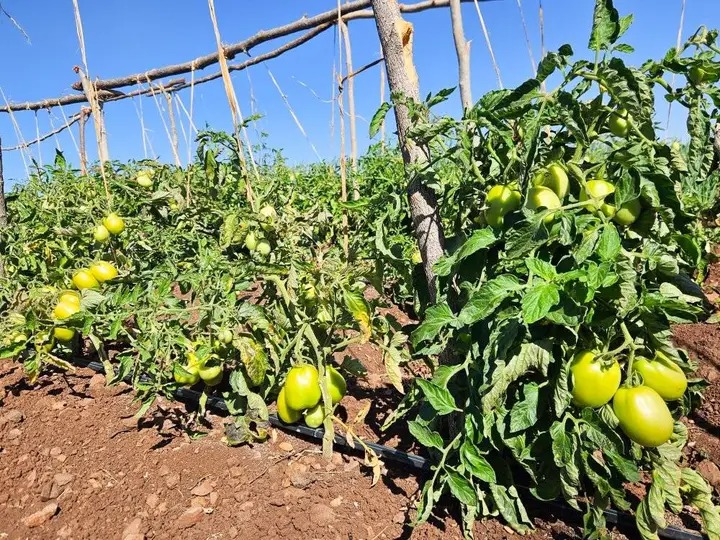
In the arid lands of Kasikili Jabula, Ward 55 in Hwange District, hope is growin...
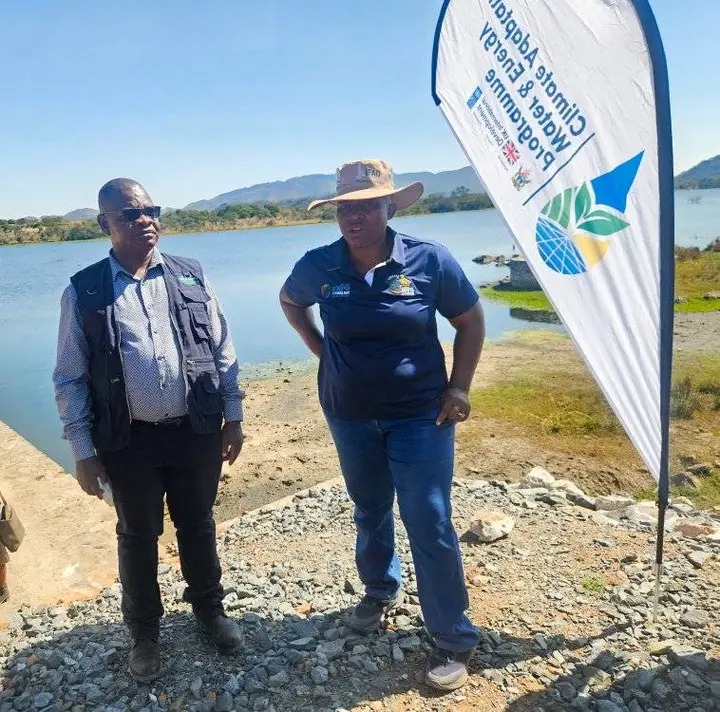
n Insiza District, the daily struggle for water once dimmed dreams of education,...
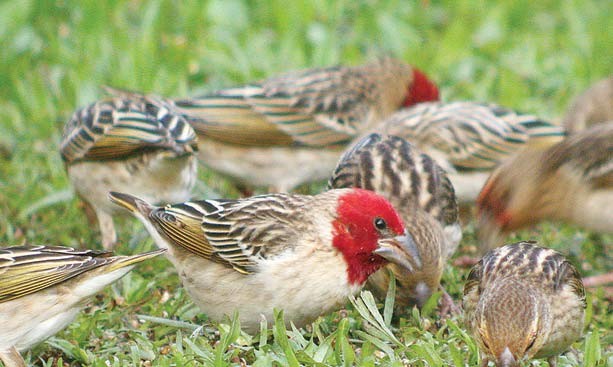
Zimbabwe is taking early, coordinated action to protect its wheat crop from dest...
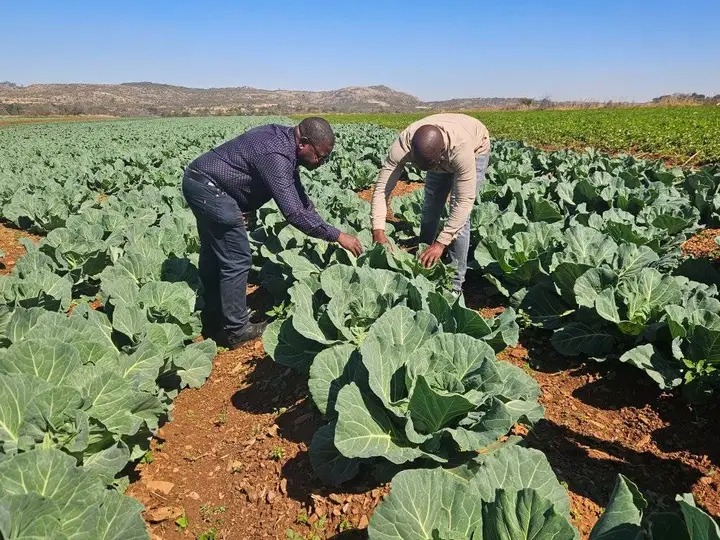
Once parched and uncertain, Goromonzi’s farmland is now blooming thanks to irrig...